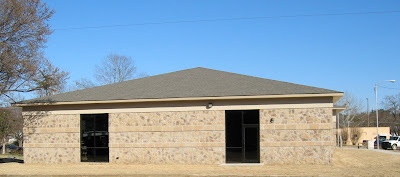Case of the phantom death
The weekly column I wrote proved to be very popular. It was merely bits & pieces of things I had heard. In fact, I called it Bits ’n Pieces. My readers started looking for it every Friday in the Longview News-Journal. One Friday morning I led with the shocking obit of Rosie Walker, who had been a prominent player for two years at Panola JC, not far from Longview and within our readership area. She had graduated with All-American honors, went on to star at Stephen F. Austin and later went into the pro ranks (before the WNBA days) and starred in Nebraska or somewhere. Someone had told me about her passing and like the good reporter that I was, I called a source, the sports editor of the paper in Little Rock . Rosie was originally from a small town in southwestern Arkansas , so I figured he would keep up with her whereabouts. Sure enough Rosie Walker had passed away, so I went with the info in my column.
I didn’t go to work until early afternoon, so when I got there around 2:00, my first call was from Rosie! She was a private school coach in Nacogdoches and someone in the East Texas area who had seen my column knew Rosie and called to tell her. Wow, did I ever get a surprise when that’s whose voice I heard! Turns out, it was another Rosie Walker who had passed and the one I was writing about called to let me know it wasn’t true. After I apologized as many ways as I could think of, we had a nice little chuckle about it. “Just thought I would set the record straight,” she laughed. She was very nice about it, but I apologized profusely again and again. So, no matter what I wrote in my column from then on, I checked it out so very carefully.








